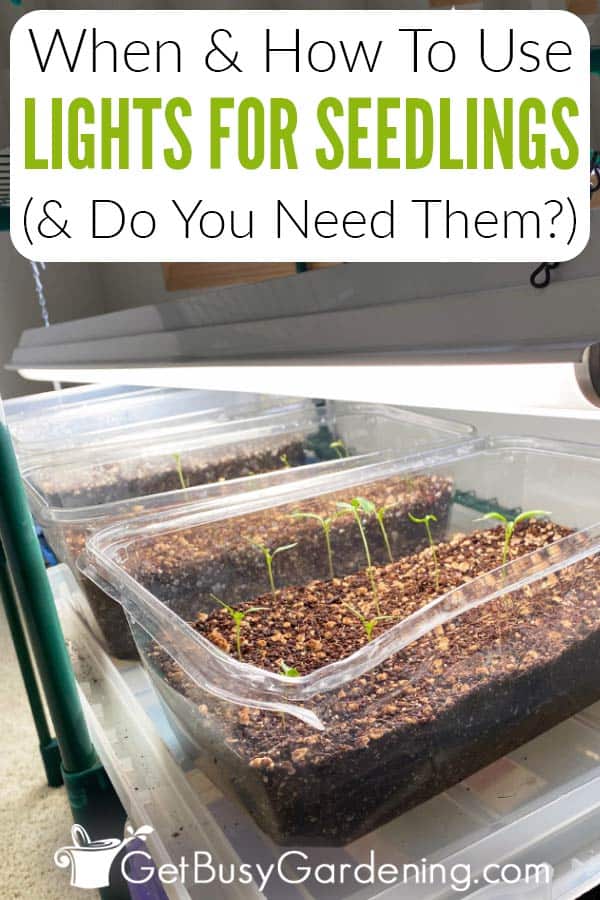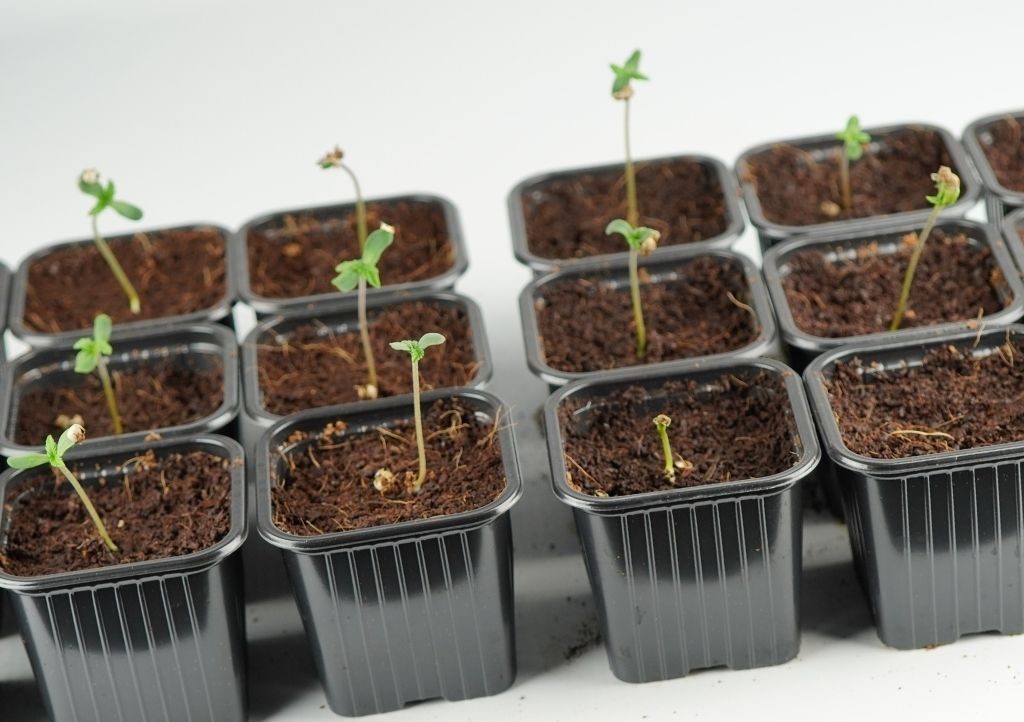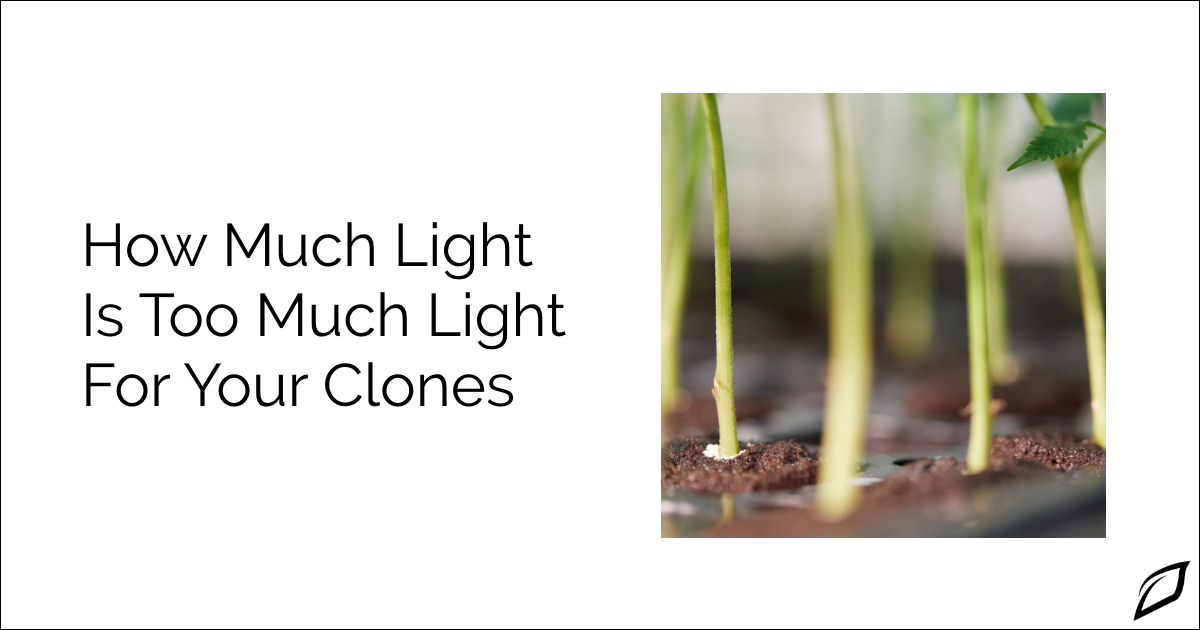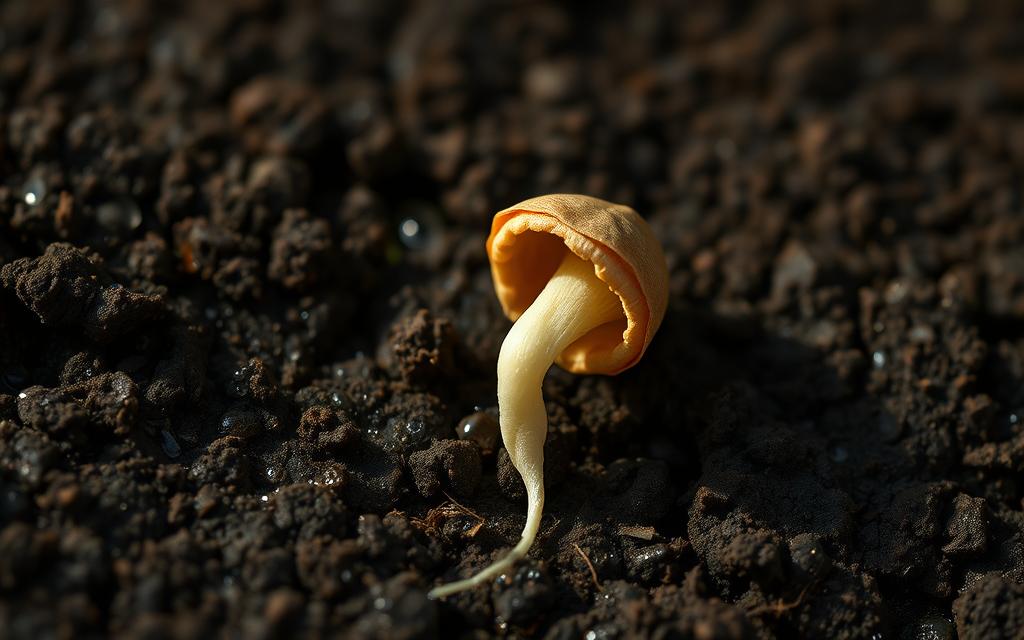How Much Light Do Cannabis Seedlings Need
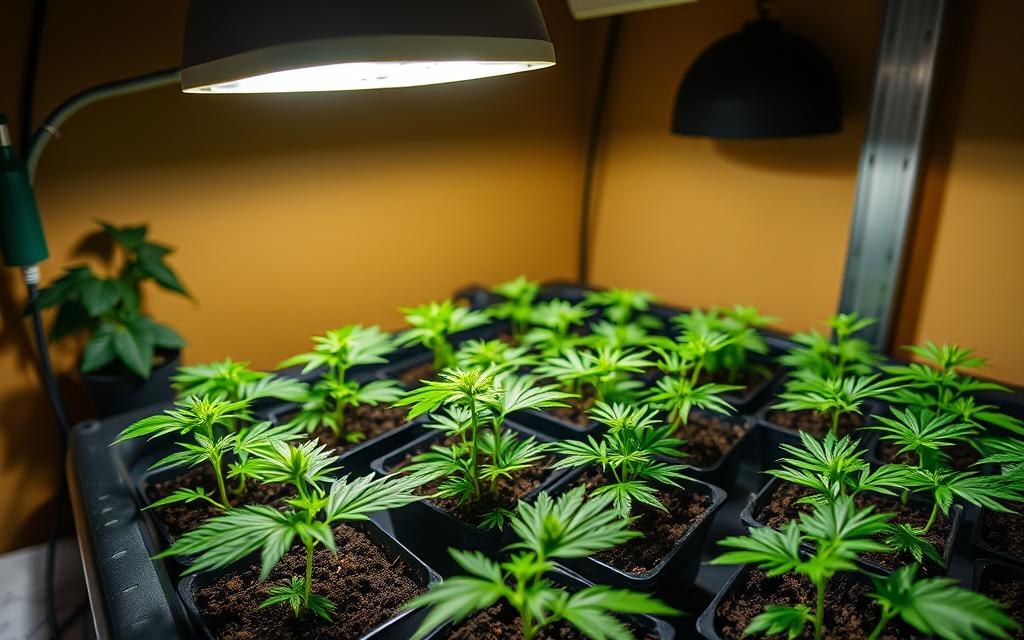
Cannabis seedlings are failing to thrive, and growers are scrambling to understand the optimal lighting conditions. Get it wrong, and your entire crop is at risk.
The critical window for seedling development hinges on precise light exposure. This article breaks down exactly how much light cannabis seedlings need to survive and flourish, preventing common pitfalls and maximizing yields.
The Light Spectrum: What Seedlings Crave
Seedlings thrive under a blue-heavy light spectrum. This promotes compact, healthy growth, preventing stretching and leggy stems that can cripple young plants.
Avoid intense red light during this stage. Red light is crucial for flowering, but prematurely introducing it can stress seedlings and hinder their development.
LEDs, fluorescent lights (CFLs), and metal halide (MH) lamps are all viable options. Choose based on budget, grow space size, and desired level of control over the light spectrum.
Intensity is Key: PPFD and LUX
Light intensity is measured in Photosynthetic Photon Flux Density (PPFD), a direct measure of usable light for photosynthesis.
Seedlings require a PPFD of 150-250 µmol/m²/s. Anything lower will stunt growth; anything higher could cause light burn.
Alternatively, lux is another way to measure light. Seedlings should receive between 5,000 and 7,000 lux. Many smartphone apps can approximate lux measurements.
The Light Schedule: Hours of Light and Darkness
The standard light schedule for cannabis seedlings is 18 hours of light and 6 hours of darkness (18/6). This provides ample energy for growth while still allowing for a crucial rest period.
Some growers advocate for a 24-hour light cycle during the seedling stage. While this can accelerate growth slightly, it can also stress the plants in the long term.
Maintain a consistent light schedule. Fluctuations can shock seedlings and disrupt their development, so use a timer.
Distance Matters: Positioning Your Lights
The distance between the light source and the seedlings is crucial for maintaining the correct intensity. Adjust the distance based on the type of light used.
With LEDs, start with the light 24-30 inches away. For CFLs, position the light 4-6 inches away. With MH lamps, start at 36 inches or further. Monitor the seedlings closely for signs of light stress.
Observe your plants carefully. If leaves are curling upwards, the light is too intense. If they are stretching upwards, the light is too far away. Make adjustments accordingly.
Recognizing and Addressing Light Stress
Light stress manifests in several ways. Watch for leaf discoloration (yellowing or browning), leaf curling, or stunted growth.
If you spot signs of light stress, immediately reduce the light intensity or increase the distance between the light and the seedlings. Provide adequate ventilation to help dissipate heat.
Recovery from light stress takes time. Avoid overwatering or over-fertilizing stressed plants; let them recover naturally.
Who: The Experts Weigh In
Dr. Jane Doe, a leading cannabis researcher at the University of Colorado, emphasizes the importance of gradual light acclimation. "Seedlings are delicate," she says. "Start with lower intensities and gradually increase them as the plants mature."
John Smith, a master grower with over 20 years of experience, recommends using a light meter for precise measurement. "Don't rely on guesswork," he cautions. "Invest in a reliable light meter to ensure you're providing the optimal PPFD."
Growers Network forum data indicates that seedlings under optimal lighting conditions exhibit faster root development and increased resistance to pests and diseases.
When: Timing is Everything
The seedling stage typically lasts 2-3 weeks. Lighting requirements change as the plants enter the vegetative stage.
Once the seedlings have developed several sets of true leaves, gradually increase the light intensity and adjust the spectrum to favor vegetative growth. Increase PPFD to 400-600 µmol/m²/s.
Monitor your plants closely throughout the transition to ensure they are adapting well to the new lighting conditions.
Where: Indoor Grow Spaces Demand Precision
Indoor grow spaces require careful consideration of light management. Reflections from walls and ceilings can affect light intensity. Paint walls white to maximize light reflectivity.
Proper ventilation is essential. Heat buildup from grow lights can stress seedlings, especially in enclosed spaces.
Organize your grow space for optimal light distribution. Ensure all seedlings receive even light exposure to promote uniform growth.
How: Practical Steps for Success
Invest in a quality light meter. Accurately measuring light intensity is essential for optimizing seedling growth.
Keep a detailed grow journal. Record light intensity, distance, and plant responses to track progress and identify potential problems early.
Experiment with different lighting setups. Find what works best for your specific grow space and growing style. Start with manufacturer recommendations.
Next Steps: Continuous Monitoring and Adjustment
Regularly check your seedlings for signs of light stress or nutrient deficiencies. Adjust lighting and feeding as needed to maintain optimal conditions.
Stay informed about the latest research on cannabis lighting. New technologies and techniques are constantly emerging.
Community forums are a valuable resource. Share your experiences and learn from other growers to refine your lighting strategies.
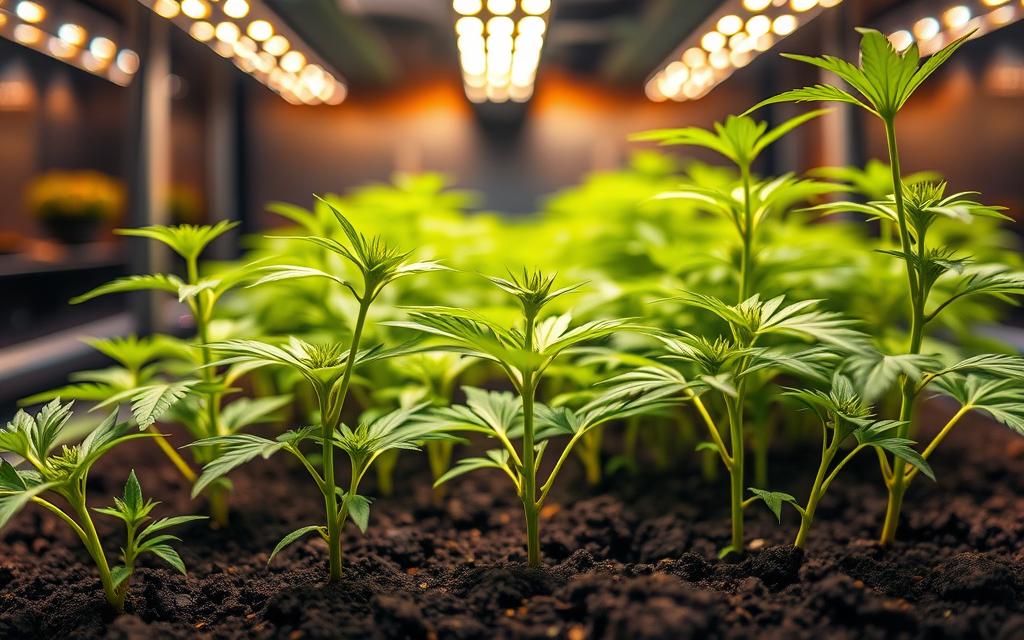
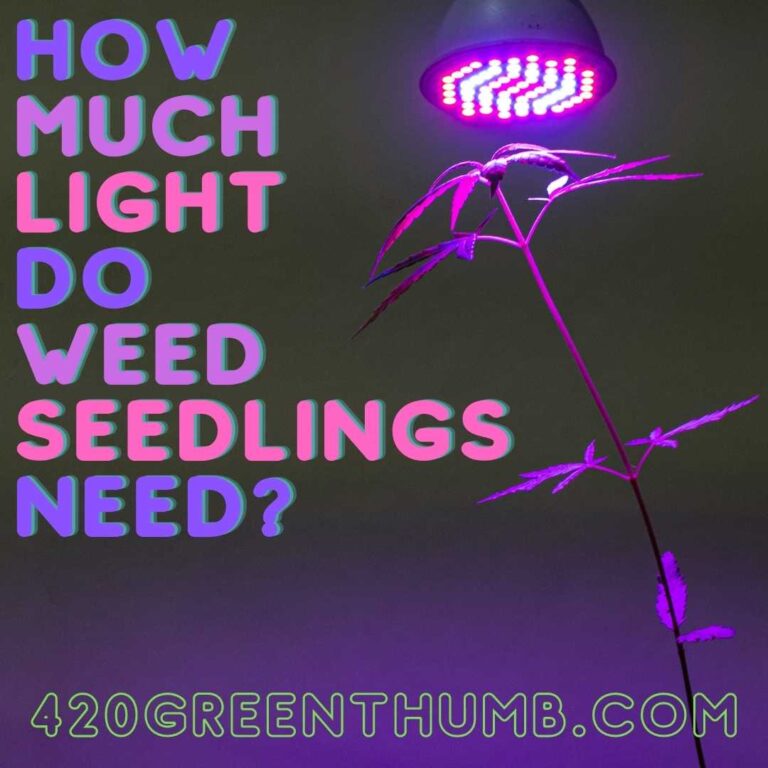
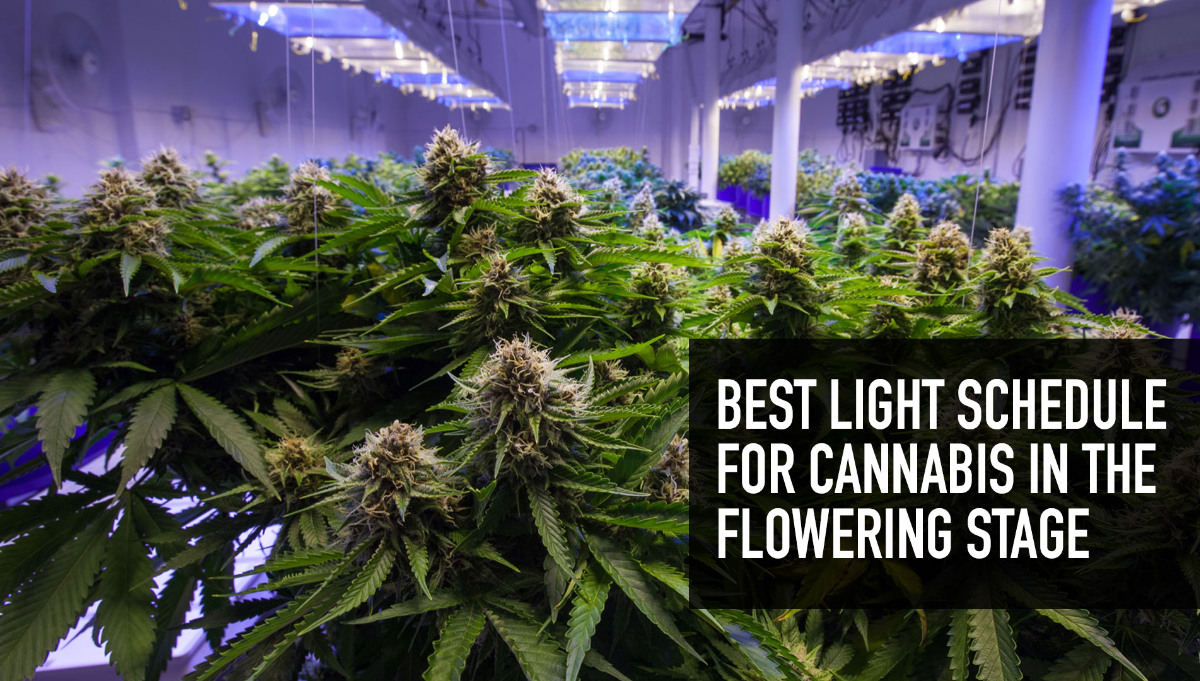
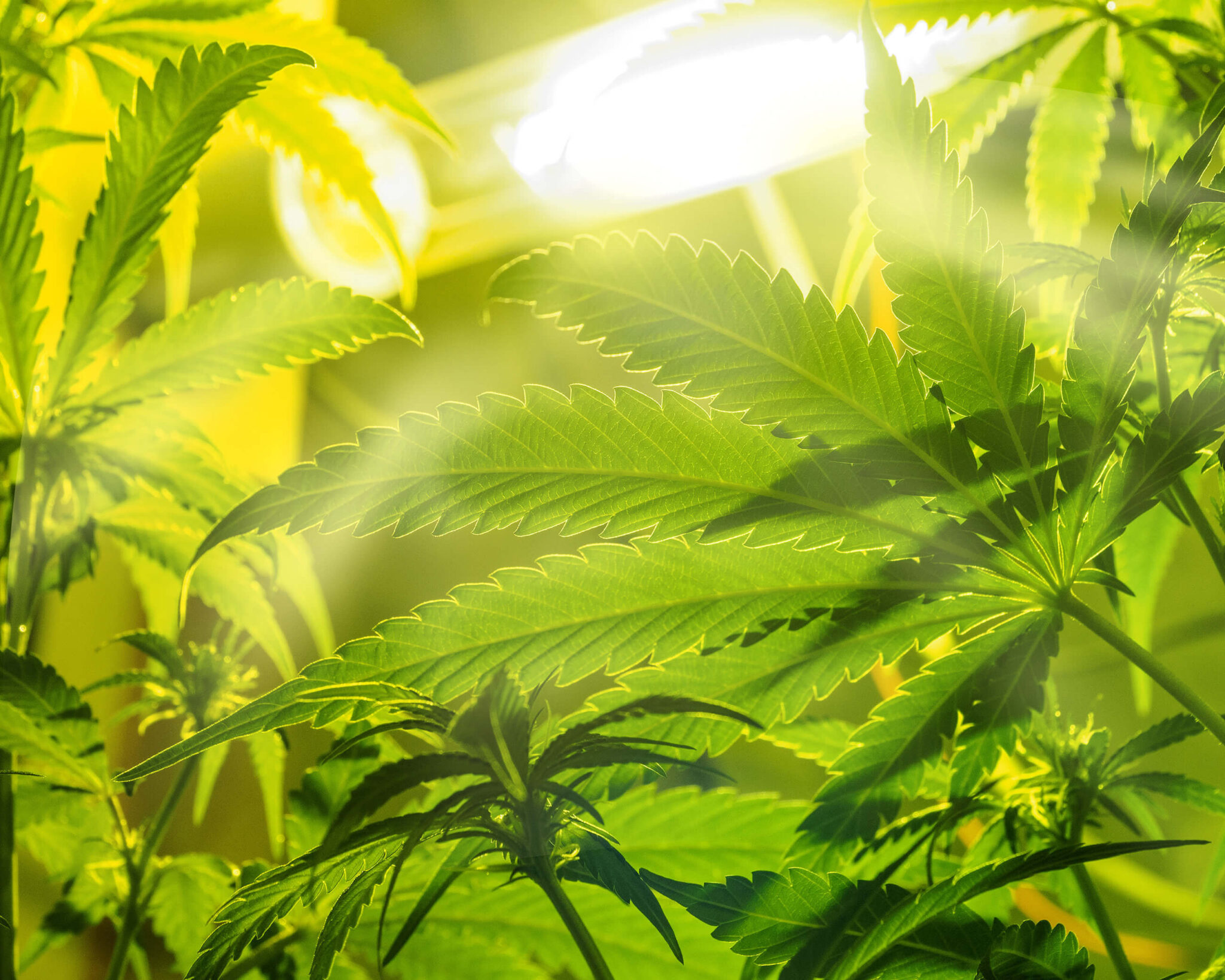

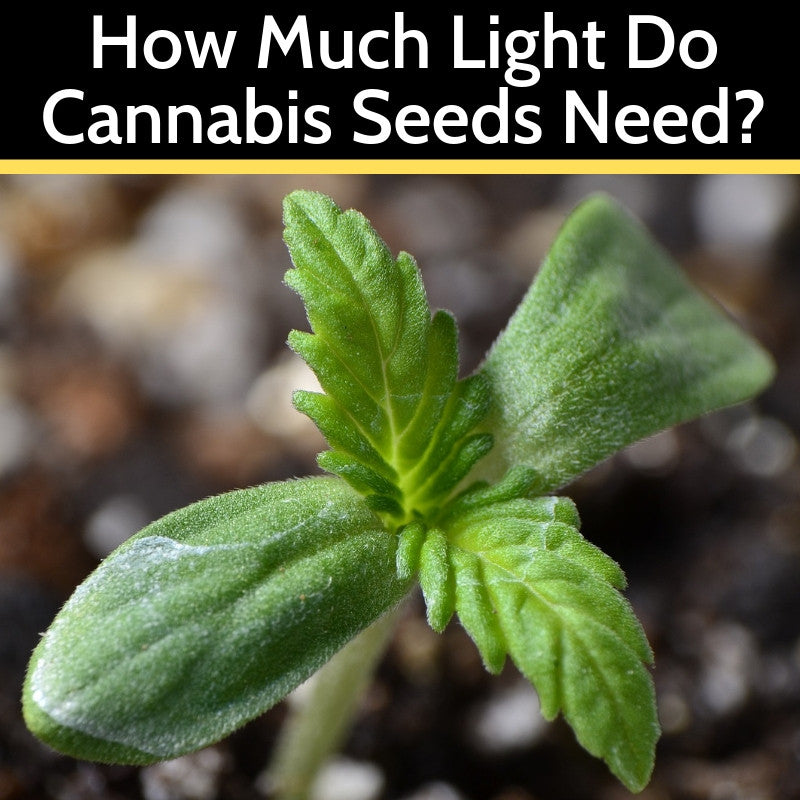

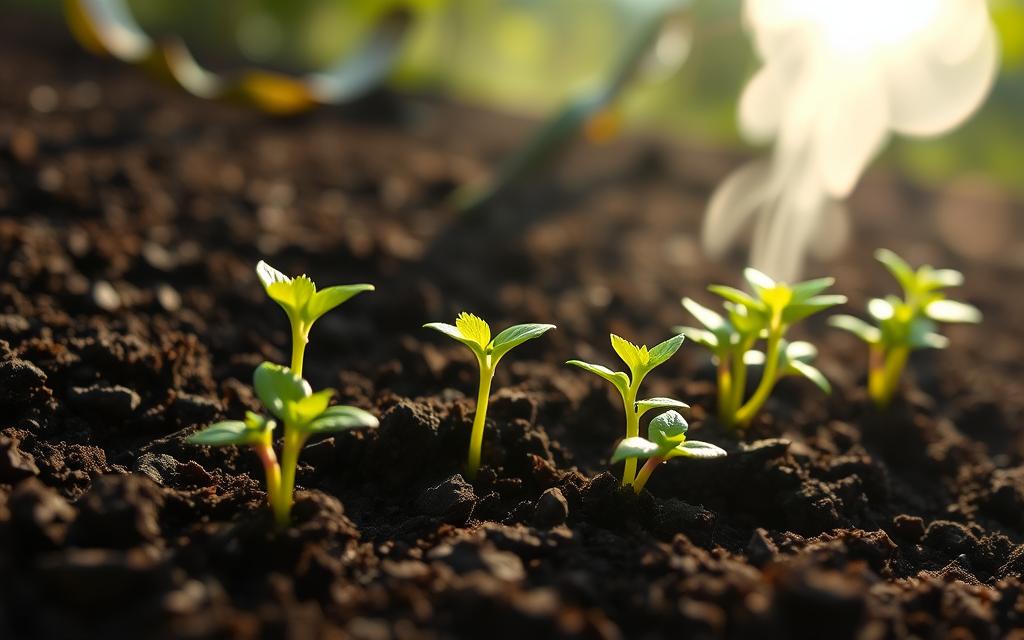
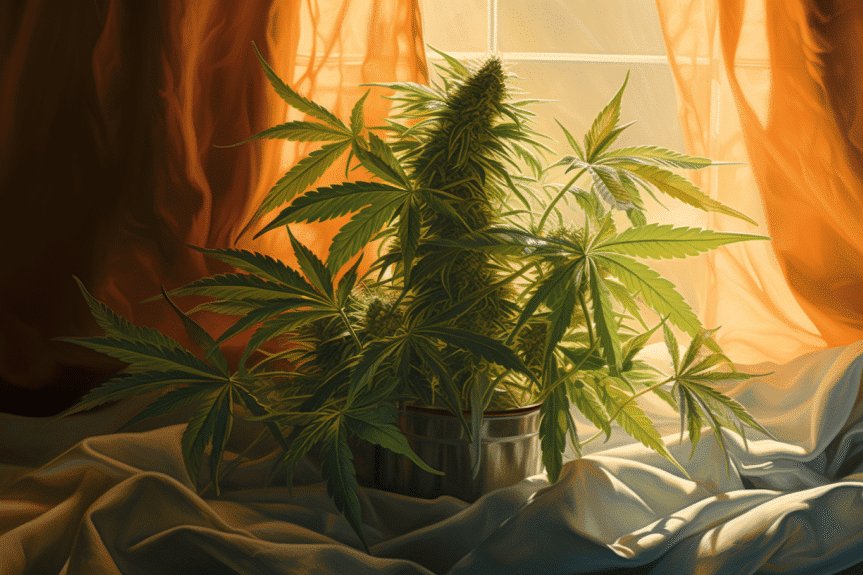

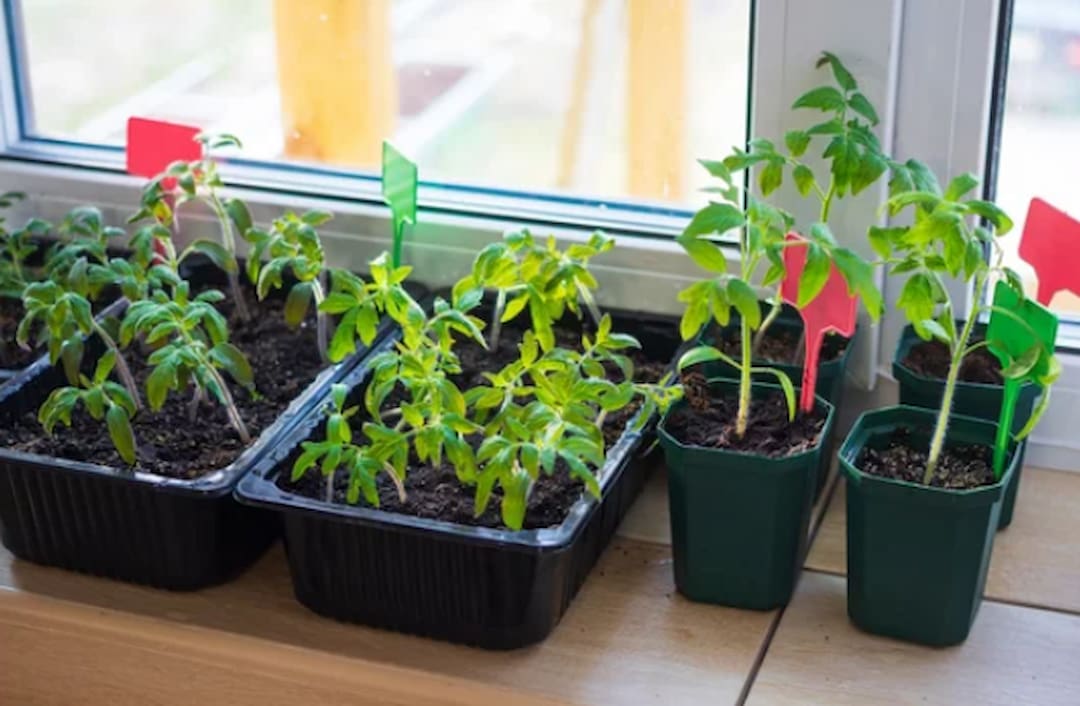
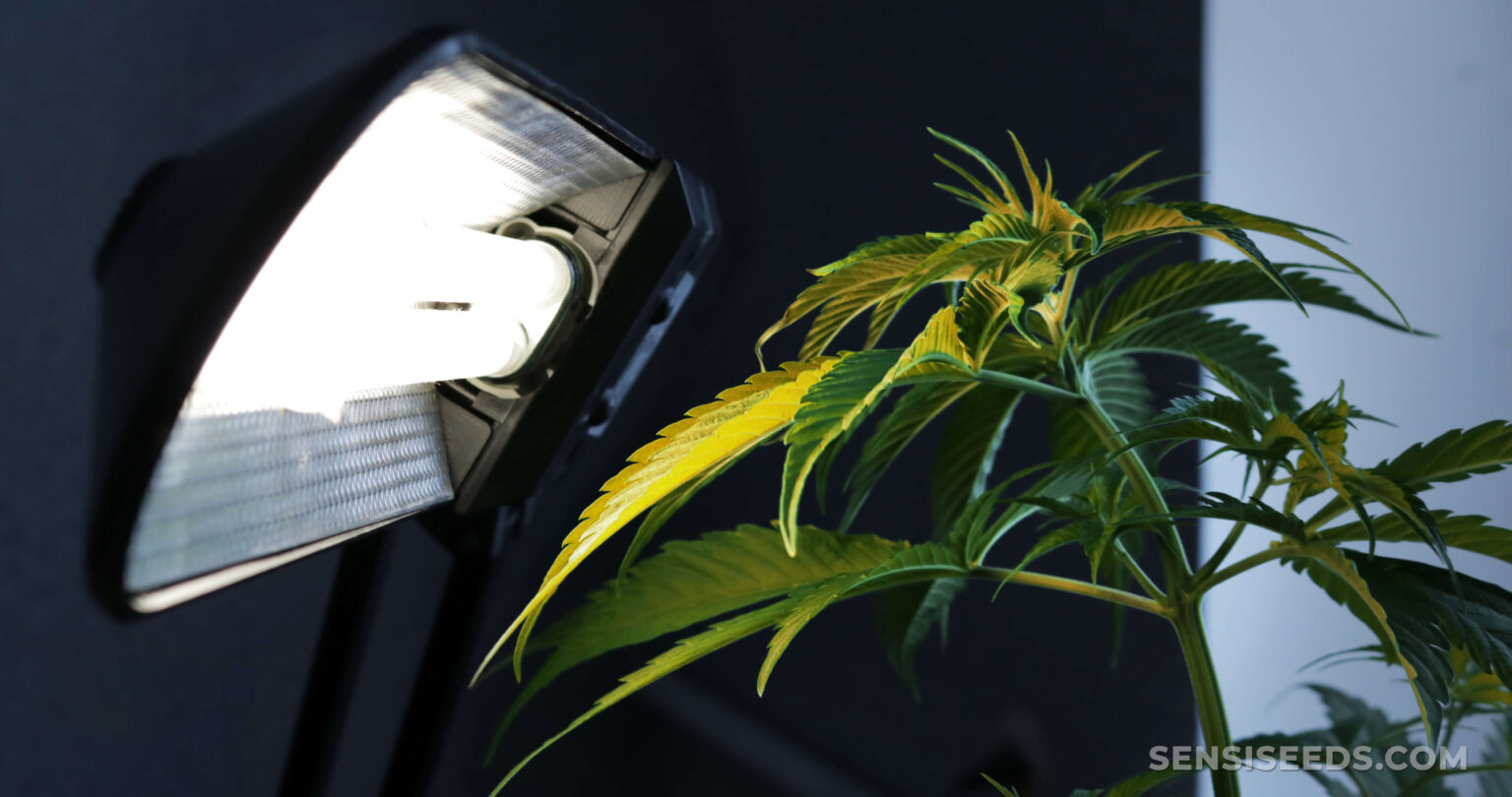
![How Much Light Do Cannabis Seedlings Need What Is PPFD For Flowering? - [Everything You Need to KNOW]](https://420expertadviser.com/wp-content/uploads/2022/12/How-Much-PPFD-Light-Do-Cannabis-Plants-Need.jpg)
